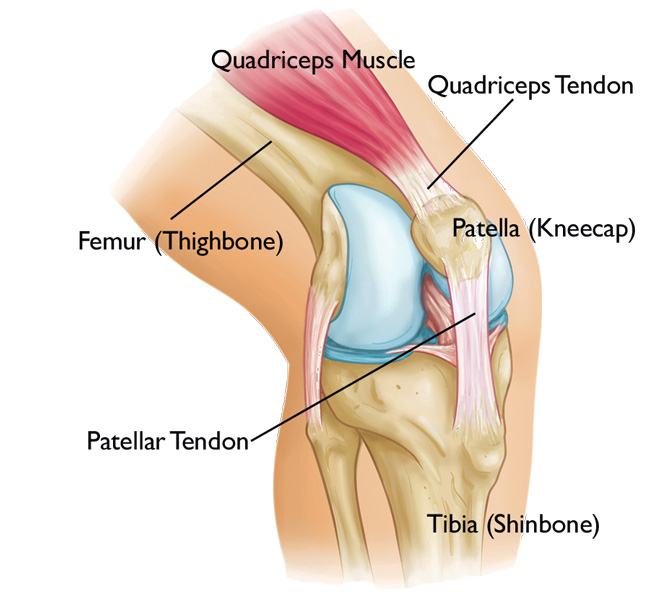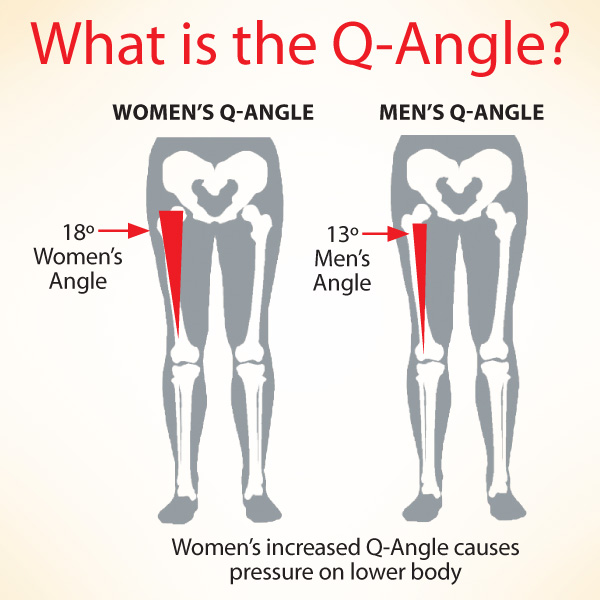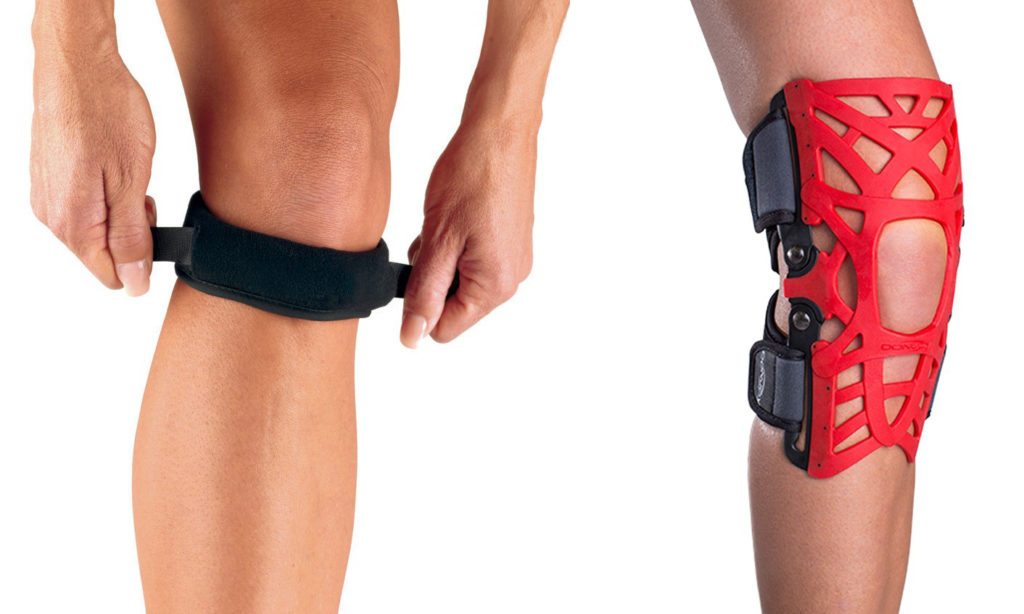Patellofemoral Pain Syndrome vs. Patellar Tendinitis
Anterior – or front – knee pain is a common symptom that we see at Kintec. Today, we are going to break down the difference between symptoms of patellofemoral pain syndrome vs. patellar tendinitis, which include anterior knee pain.
From highly competitive athletes to someone who stands or walks all day at work, pain at the front of the knee is common, and most importantly – very treatable.
It is helpful to be able to distinguish where the source of the pain is so that you can treat it appropriately.
Different pain sources indicate different conditions and require different treatments and braces.

Several treatments can positively impact:
- Custom orthotics to improve alignment & reduce overpronation
- Physiotherapy to strengthen muscles & stabilize the patella
- A brace to provide support for the patella during activity

What is Patellofemoral Pain Syndrome?
One of the most common conditions with anterior knee pain is patellofemoral pain syndrome (PFPS). PFPS occurs if the kneecap does not stay in the patellar groove and can move off to the side. The patella will typically move to the lateral side, or outside of the leg.
PFPS has many factors that contribute to its development, including overpronation of the foot, an excessive Q angle, anatomical patella shape, and muscular imbalance.
READ MORE: Bracing For Patellofemoral Pain Syndrome
A patellofemoral brace is characterized by a support or buttress surrounding the kneecap. The idea is to prevent the patella from moving to the lateral side of the knee.
The buttress can be a round, ‘donut’ shape, or a horseshoe (or ‘U’) shape, or a ‘C’ shape, hugging the outside of the kneecap, as seen here on the Donjoy Tru-Pull Lite.
You can open or close the brace over the kneecap.
NOTE: There is one exception to this. Healthcare professionals discourage pressure on the kneecap itself in cases of chondromalacia patella or patellar arthritis.

What is Patellar Tendinitis?
Patellar tendinitis is quite different than PFPS; healthcare professionals should treat it as such.
Usually, it is characterized by acute pain either at the bottom edge of the kneecap or on the tibial tuberosity. This is where the tendon attaches to the shin bone.
Because the patellar tendon absorbs so much loading force and impact during activity, it can become strained and develop small tears in the tissue.
Treat patellar tendinitis with:
1. Rest from activity
Physiotherapy can strengthen weak or imbalanced muscles that are putting excessive strain on the patellar tendon.
2. A brace to offload the patellar tendon
A patellar tendon brace applies pressure to the patellar tendon. This reduces the tension at the end of the patellar tendon.

Here is a commonly available patellar tendon strap and the Donjoy Reaction knee brace, which can help both PFPS and patellar tendinitis.
At Kintec, we carry a wide variety of braces and supports for conditions related to the patella – including PFPS and patellar tendinitis.
To learn more about the options that are available, and to see which brace is right for you, ask an expert at the Kintec location nearest you!
Happy Healing,
Lauren Calderone, B.A. (Kin)
Kintec Bracing Expert


No Comments